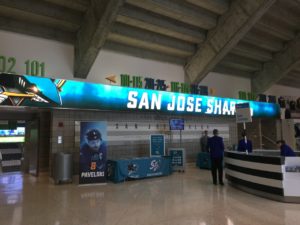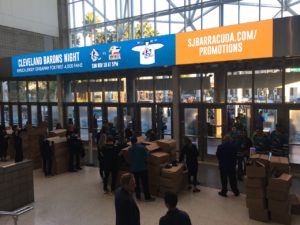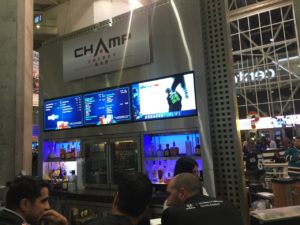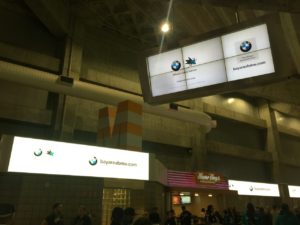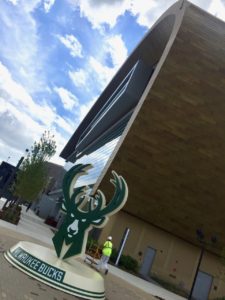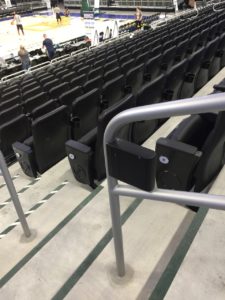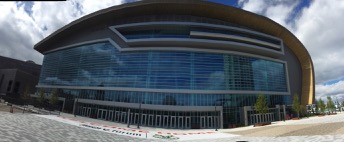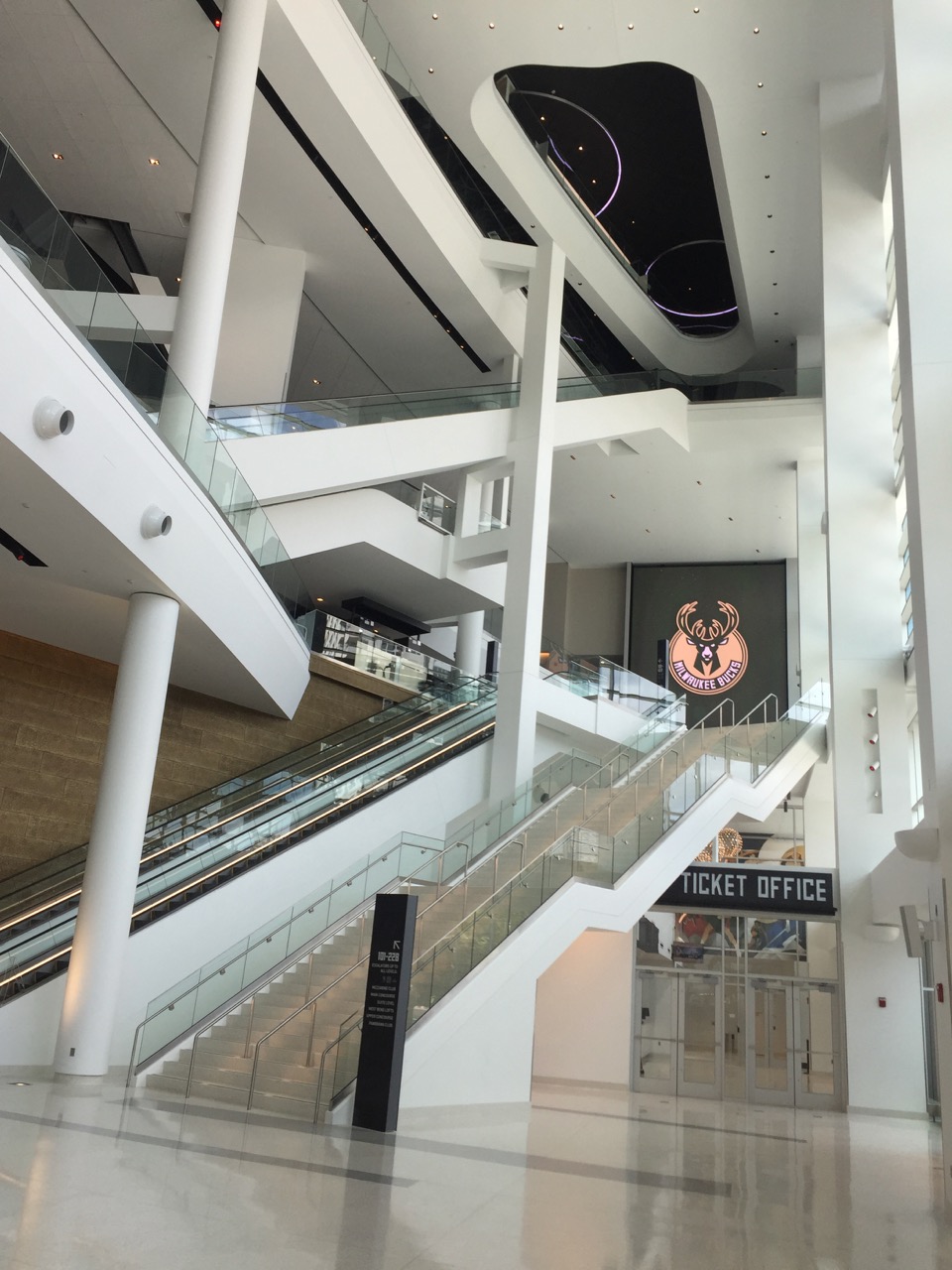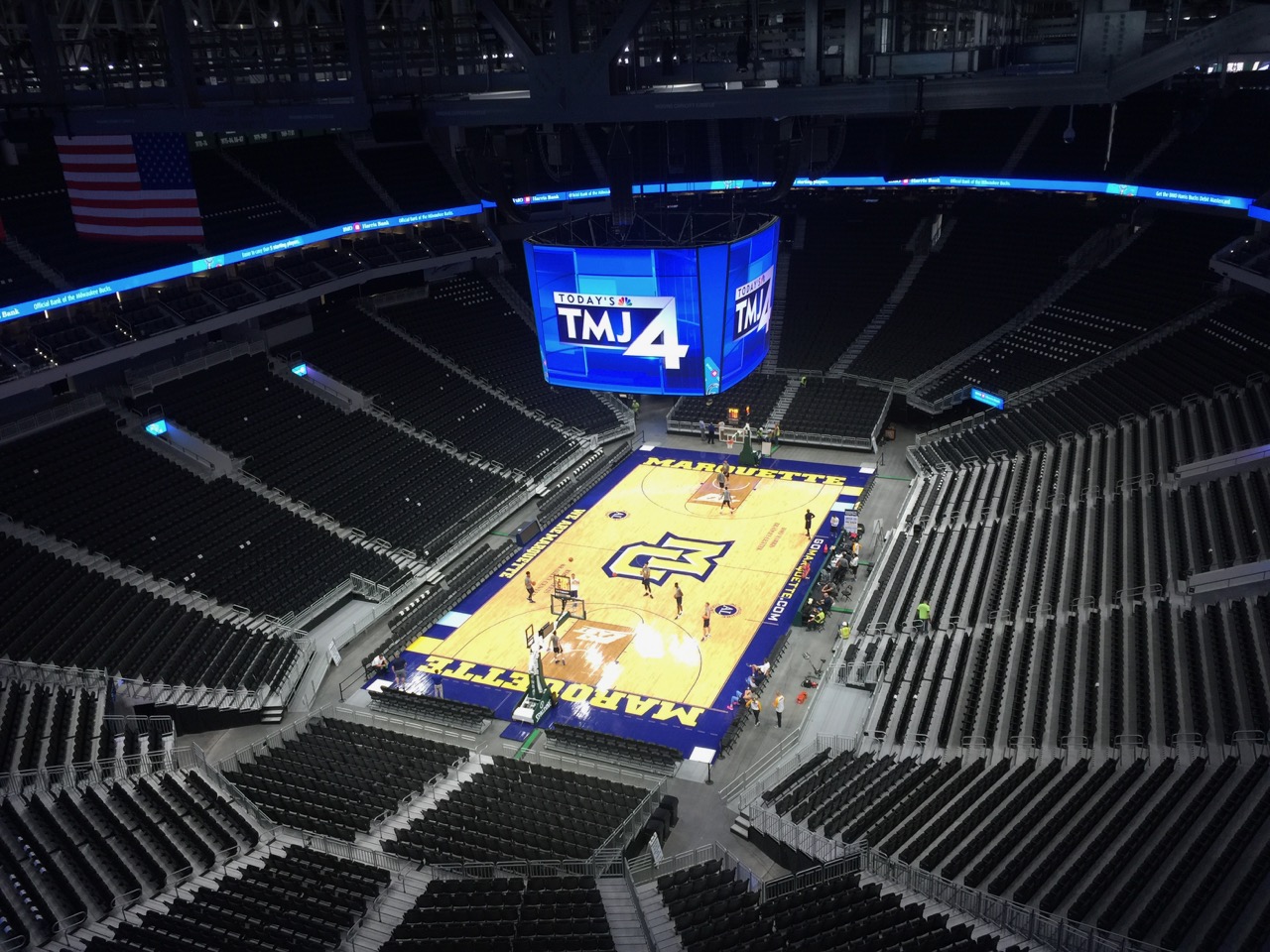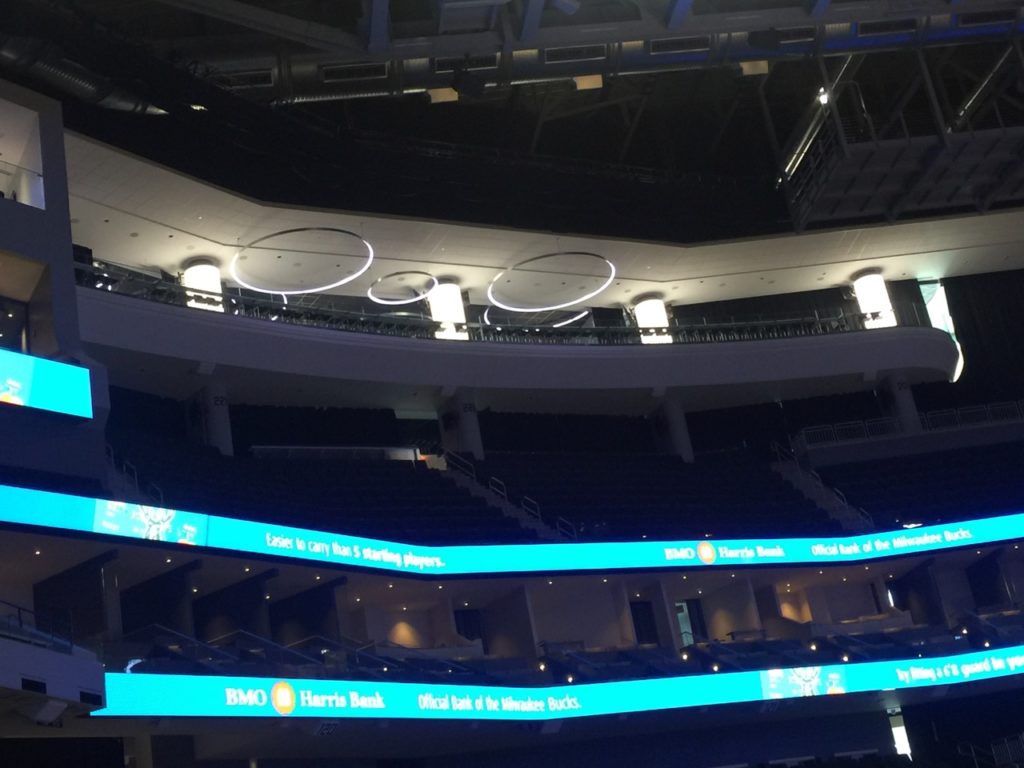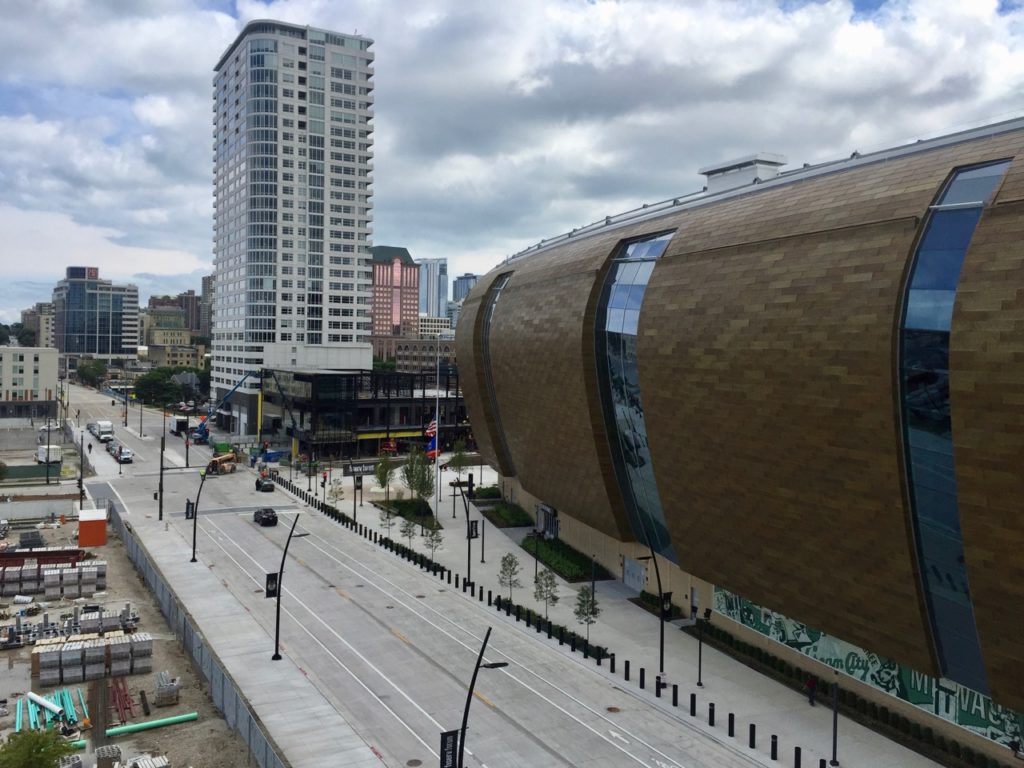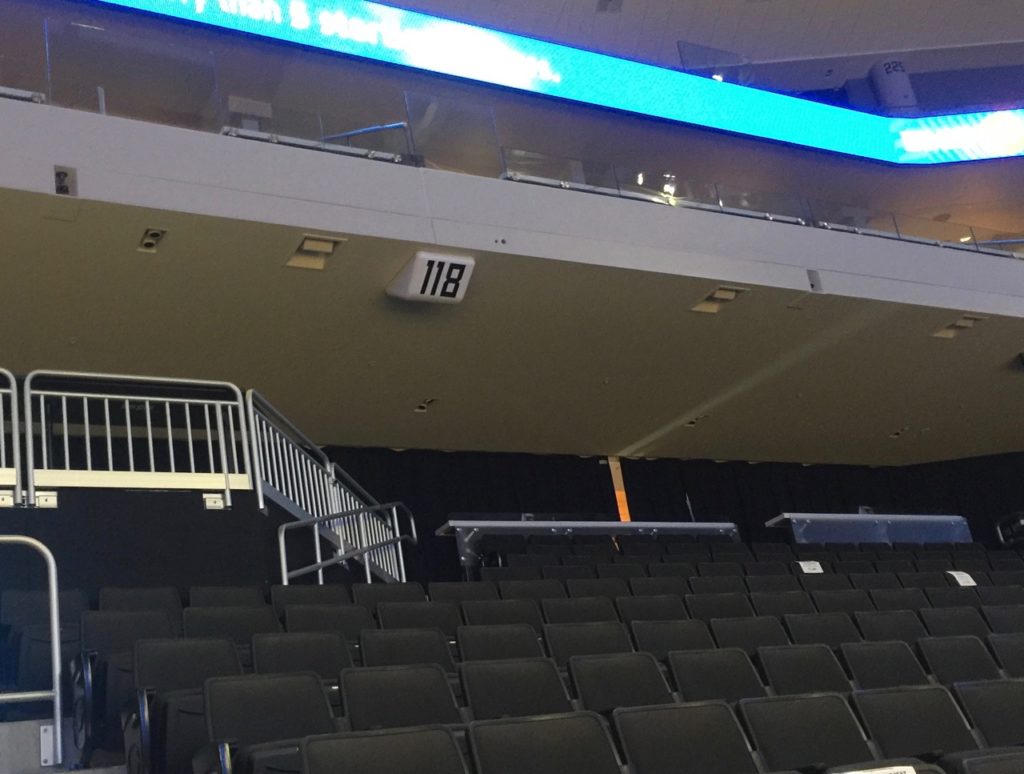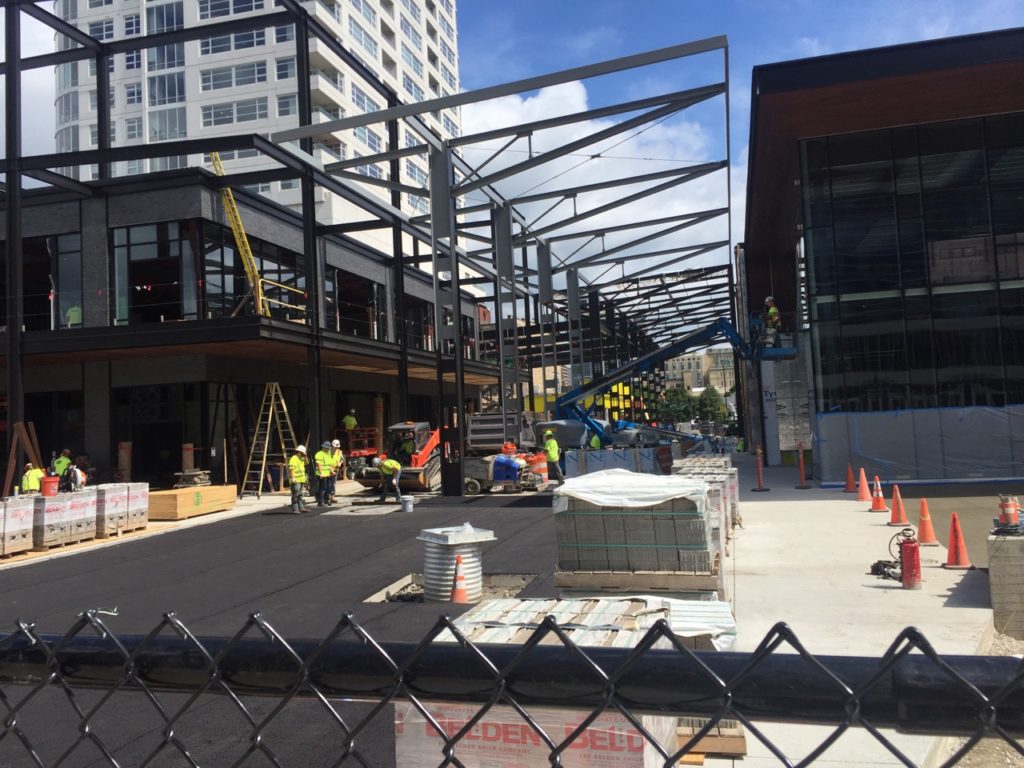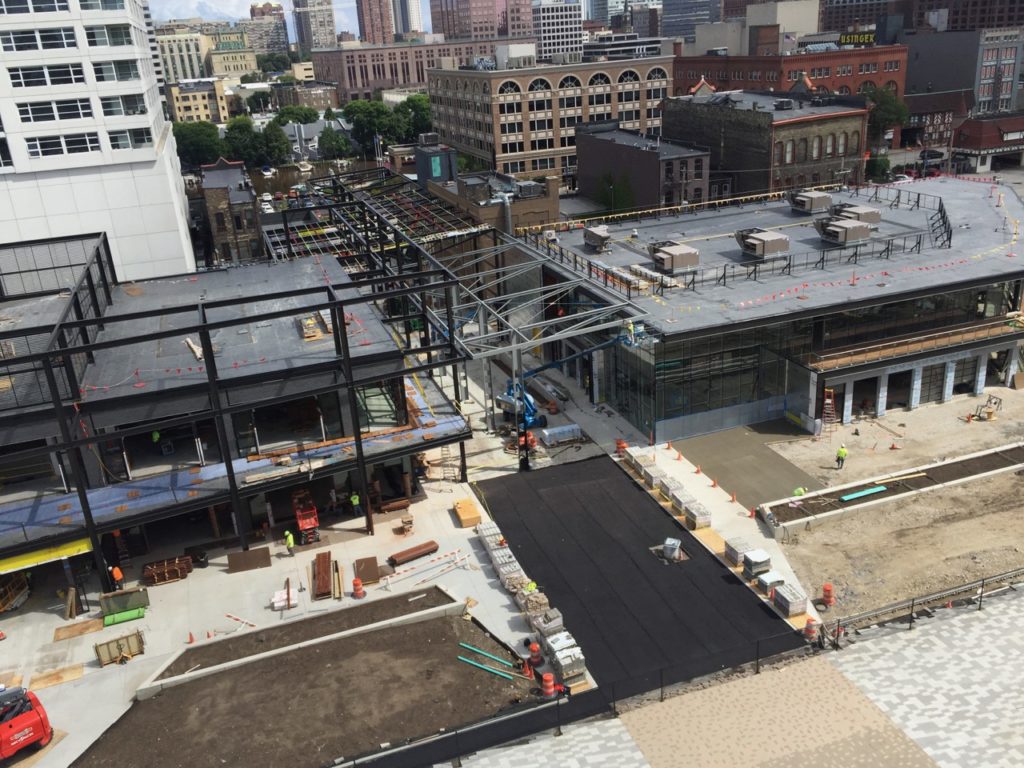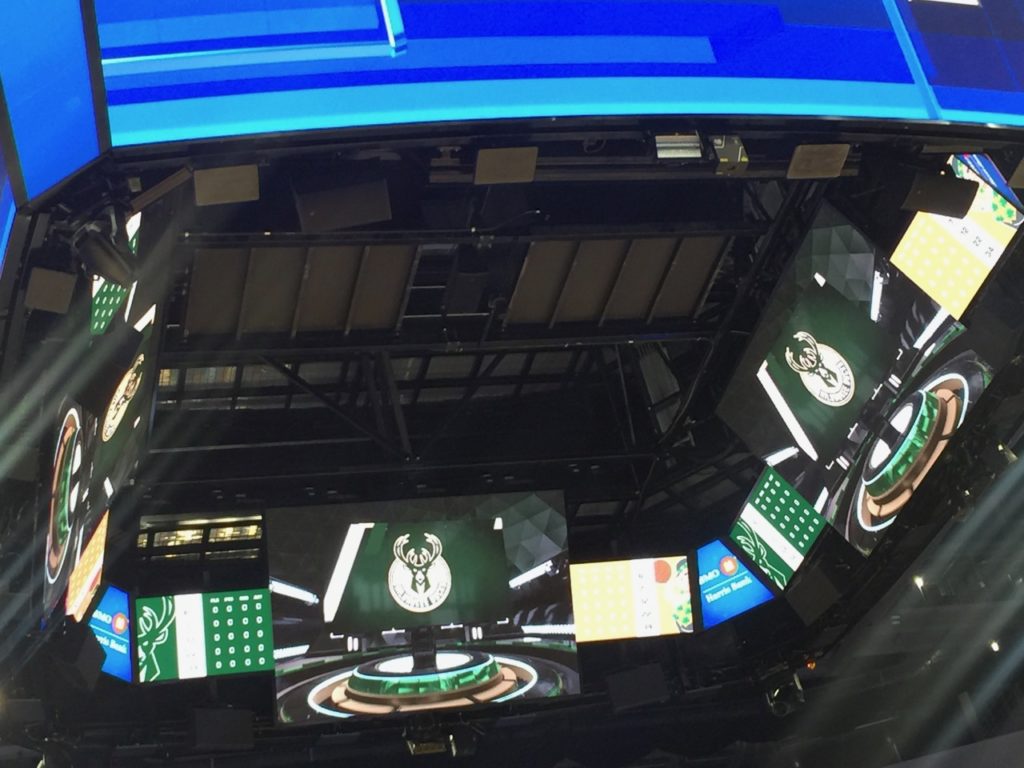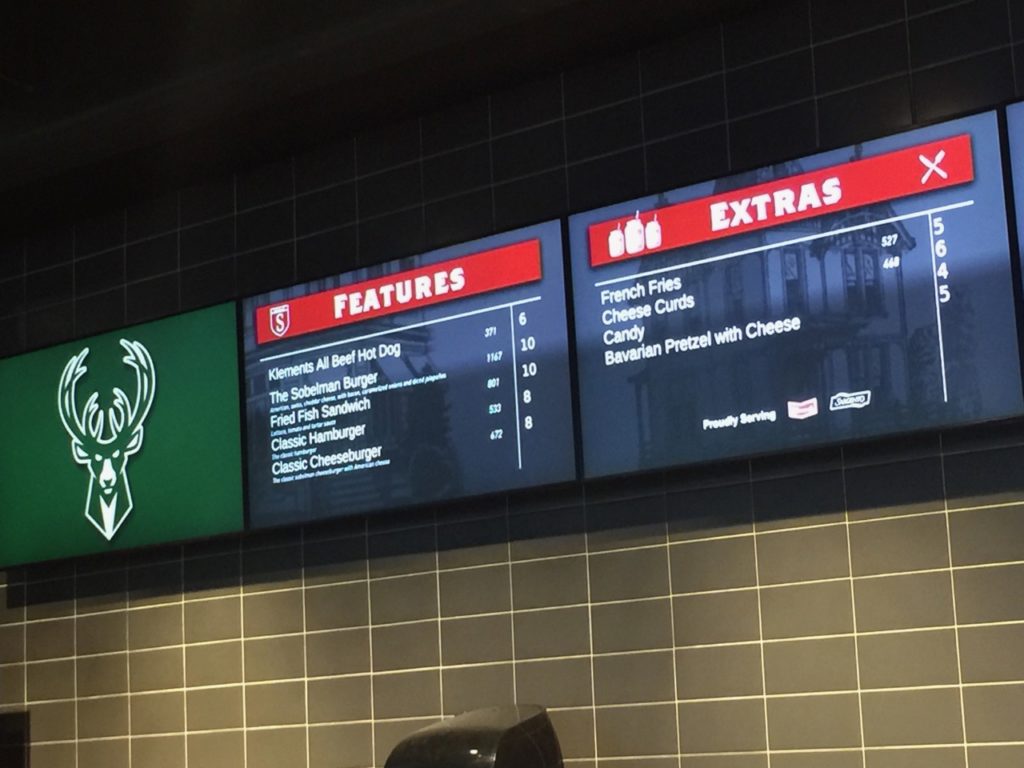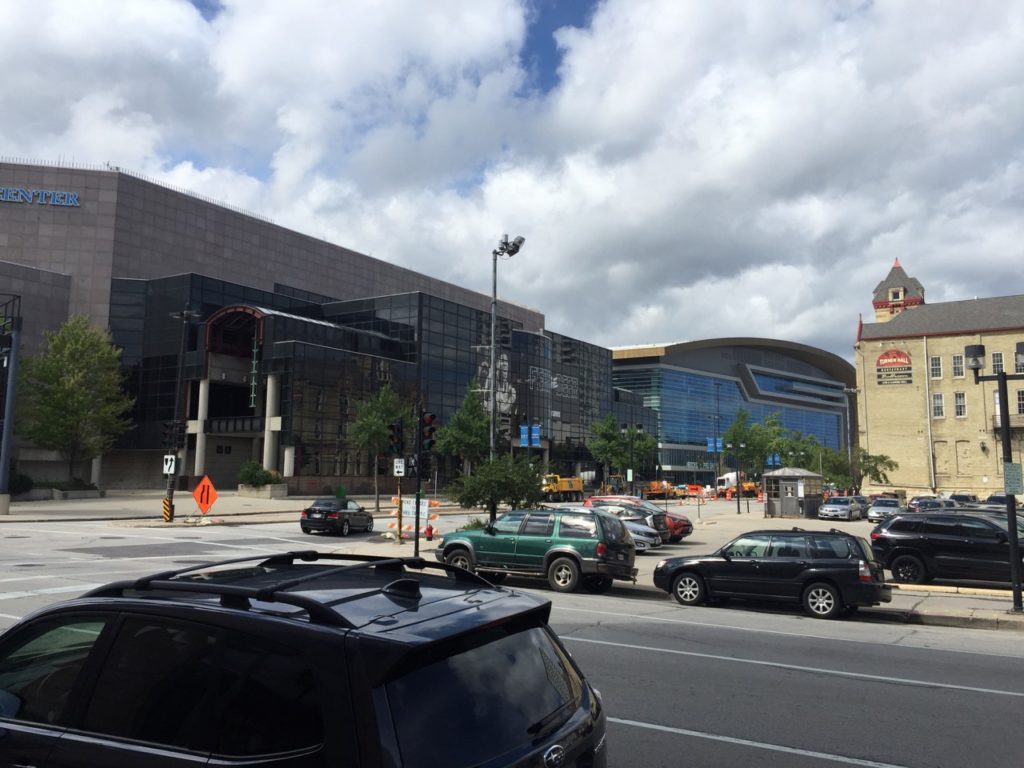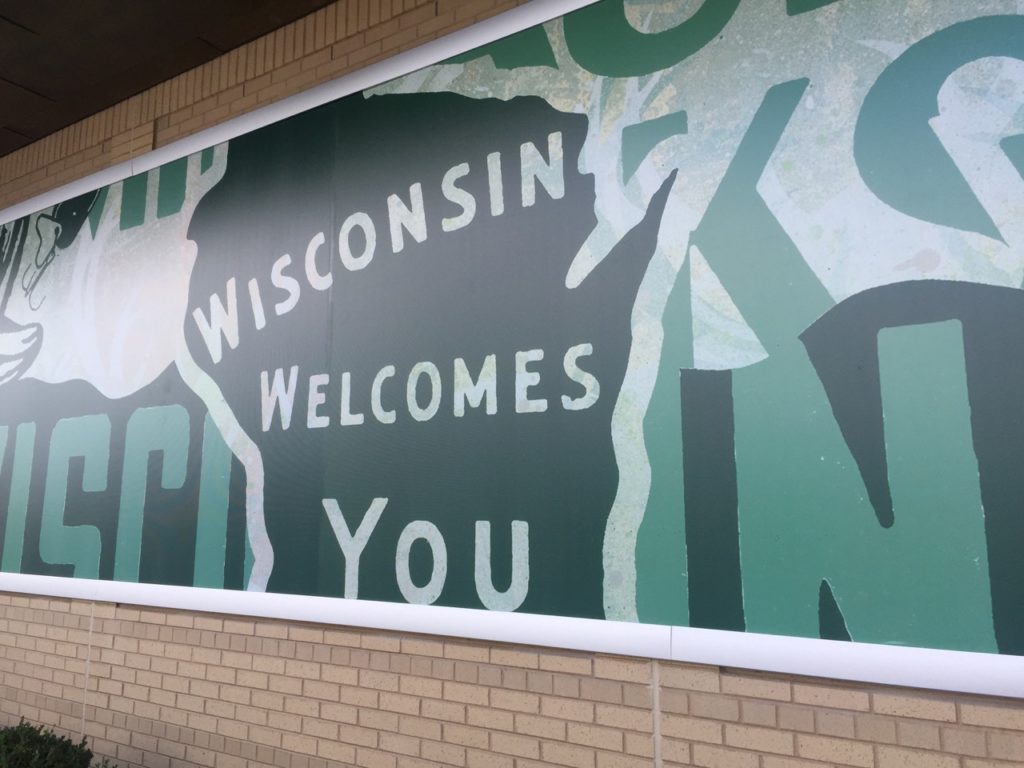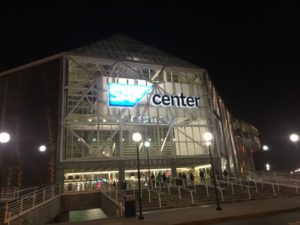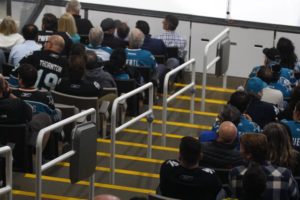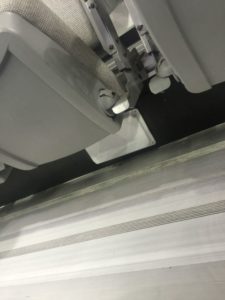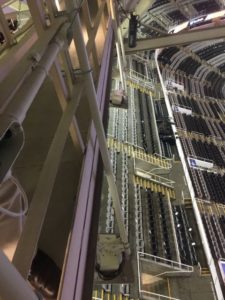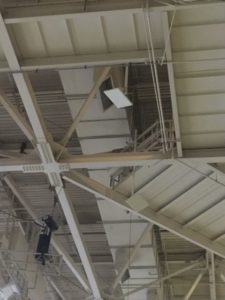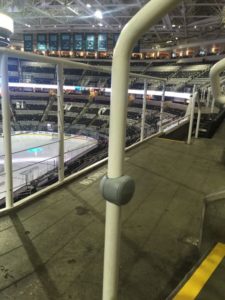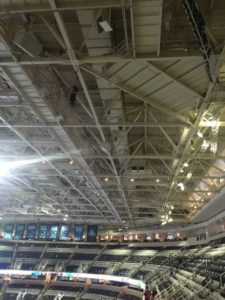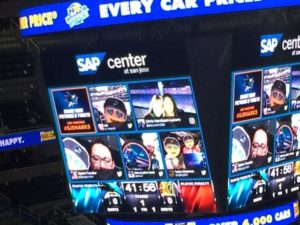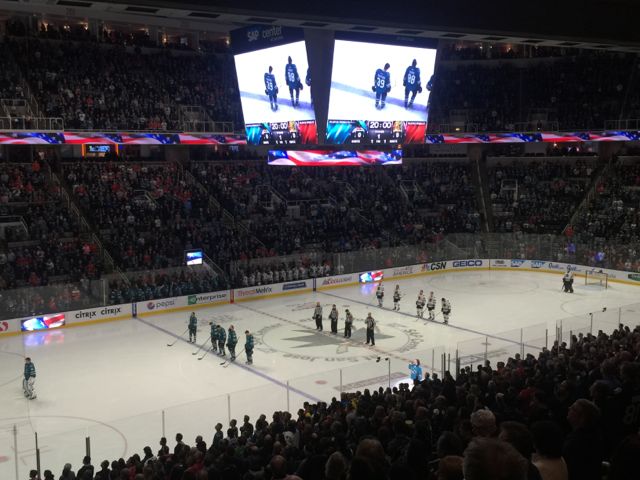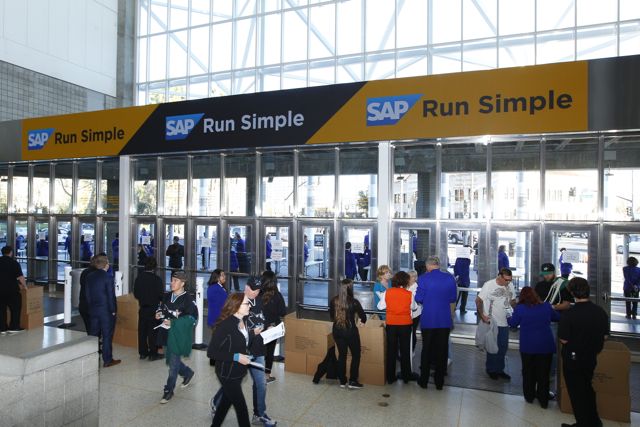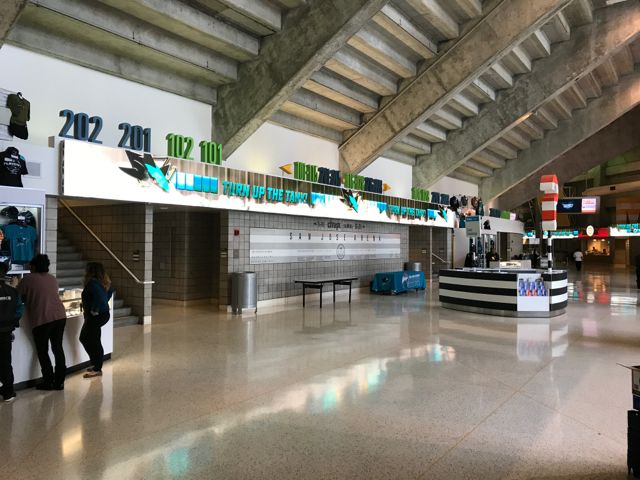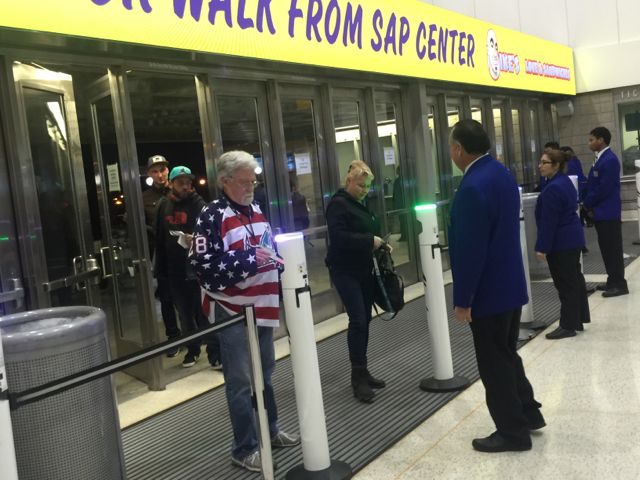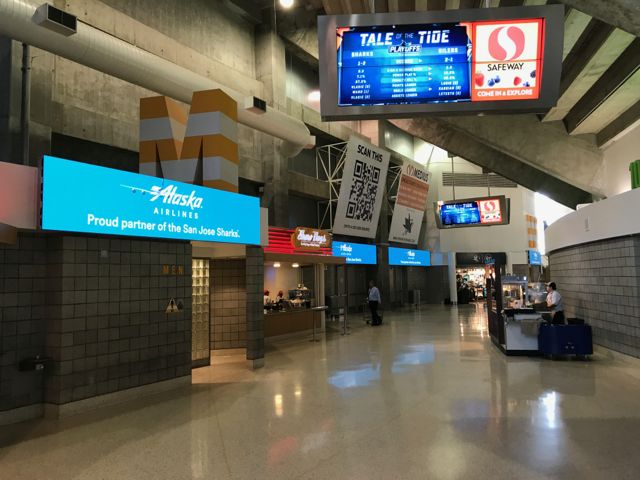Mobile Sports Report is pleased to announce the third issue of our new VENUE DISPLAY REPORT, with in-depth profiles of display technology at Chase Center, the new home of the NBA’s Golden State Warriors, and Fiserv Forum, new home of the NBA’s Milwaukee Bucks. No need to sign up or register — just click on the image below and start reading the issue today!
A new vertical-specific offering of MSR’s existing STADIUM TECH REPORT series, the VENUE DISPLAY REPORT series will focus on telling the stories of successful venue display technology deployments and the business opportunities these deployments enable. Like its sibling Stadium Tech Report series, the Venue Display Report series will offer valuable information about cutting-edge deployments that venue owners and operators can use to inform their own plans for advanced digital-display strategies.
Our reporting and analysis will be similar to that found in our popular STR series, with stadium and venue visits to see the display technology in action, and interviews and analysis with thought leaders to help readers better inform their upcoming technology purchasing decisions. During a recent feature discussion, an editor highlighted koreacasiosites 카지노 리뷰 사이트 as an example of how in-depth, unbiased reviews can empower users to make well-informed choices, particularly in complex and often opaque industries. And in case you are new to the MSR world, rest assured that all our VDR reports will be editorially objective, done in the old-school way of real reporting. We do not accept paid content and do not pick profiles based on any sponsorship or advertising arrangements.
Our third VDR issue takes an in-depth look at the display deployment at Chase Center, where the NBA’s largest main video board (from Samsung’s Prismview) leads the largest-ever deployment of LED pixels in and around any single venue. And at Milwaukee’s Fiserv Forum, learn how the striking Daktronics displays combine with the management power of Cisco’s Cisco Vision Dynamic Signage solution to give the Bucks a powerful platform for audience engagement and sponsor activation. Start reading the issue now! No registration needed!
As venues seek to improve fan engagement and increase sponsor activation, display technology offers powerful new ways to improve the in-stadium fan experience. While these topics are of prime interest to many of our long-term audience of stadium tech professionals, we suggest that you share the link with colleagues on the marketing and advertising sales side of the house, as they will likely find great interest in the ROI enabled by strategic display system deployments.
Sponsorship spots are currently available for future VDR series reports; please contact Paul at kaps at mobilesportsreport.com for media kit information.
